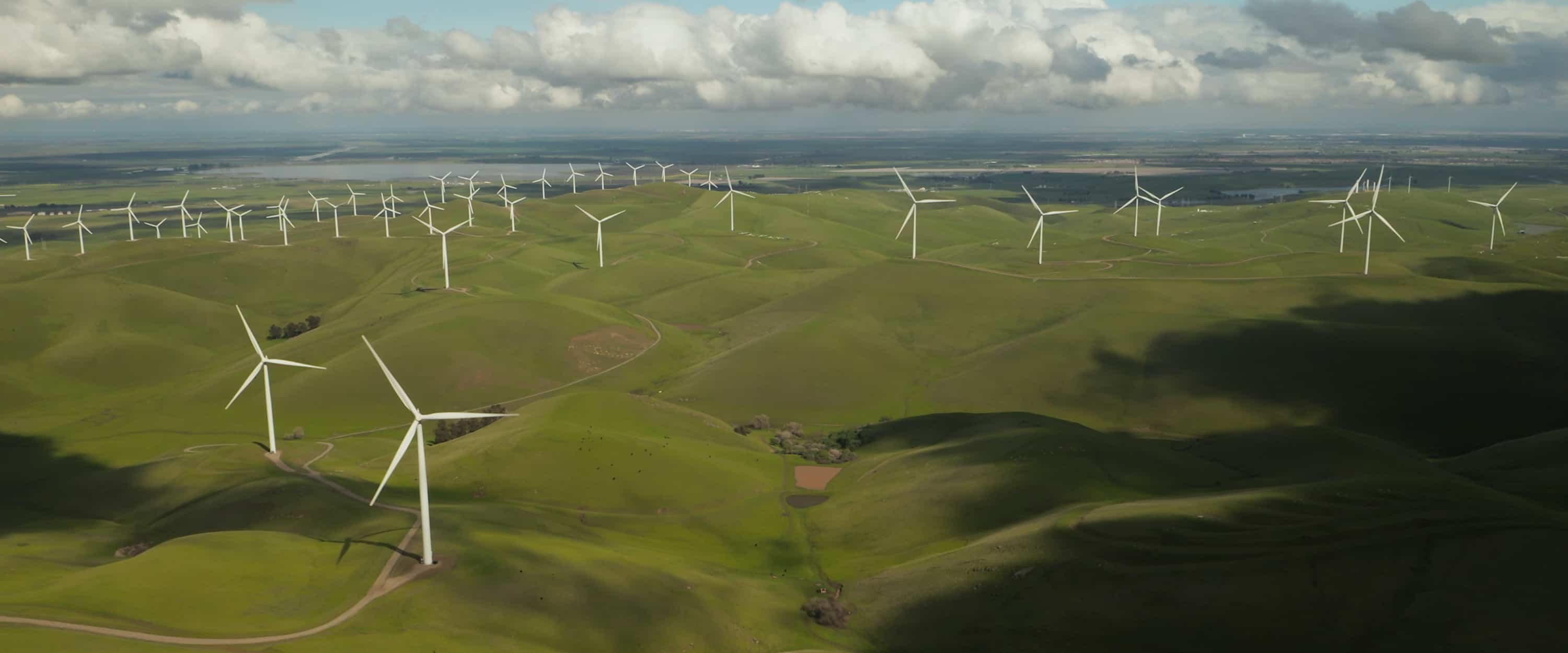Geography Considerations When Buying Carbon Credits


🌍 Carbon markets can feel overwhelming—fragmented data, limited transparency, and conflicting advice make it hard to know where to start. In this webinar, our experts give a clear, practical introduction to the VCM.

Certified Offset Portfolios
Buying high-quality carbon offsets has never been easier. Explore CBCO Portfolio 22-1 and get instant access to fully vetted carbon offsets.
When buying carbon credits, geography matters—here are three key considerations.
Carbon offset markets offer companies a way to balance their carbon footprint and compensate for the climate impacts of their operations that they cannot directly reduce. Project location, or geography, is one important factor to consider, but with so many options available both locally and internationally, how do you decide where to buy credits? Whether the offsetting is required or voluntary, there are several factors to consider regarding project location, including your desire to offset with a project close to your business location or value chain or elsewhere, and the availability of projects in your target geographic areas.
What are carbon offsets and carbon credits?
Carbon offsets are activities that compensate, or offset, carbon dioxide (CO2) emissions or other greenhouse gasses (GHGs) by providing an emission reduction. The certificate, or financial instrument, for a carbon offset is known as a carbon credit. Each carbon offset credit represents one metric ton of CO2 (or its equivalent greenhouse gas [CO2e]) removed and it has a monetary market value.
Geography Consideration #1: Are you required to offset your carbon emissions or are you doing so voluntarily?
The first geographic consideration to keep in mind when buying carbon offsets is whether you are required to offset or you are offsetting voluntarily. In voluntary markets, businesses have more leeway and face less regulation when buying carbon credits. If offsetting is mandatory, businesses must follow specific rules regarding the offsets purchased.
There is no limit to the number of voluntary carbon credits a company can purchase to offset emissions, and an organization is generally free to buy any type of credit they want. However, the voluntary offset market has a wide range of entities, programs, standards, and protocols, and some require carbon offset activities to take place within geographic boundaries. Several certification systems exist for voluntary carbon offset markets with stringent criteria to verify that offset projects achieve stated emissions reductions and don’t impact the local environment negatively.
Mandatory markets, on the other hand—which are also known as compliance markets—are mandated by law. In these markets, businesses must follow strict rules for their carbon credits to count, including geographic restrictions. For example, the California Environmental Quality Act (CEQA) requires real estate developers to offset the emissions associated with new developments located in California. There are typically geographic constraints for these projects, but the requirements vary by jurisdiction.
Another example from California is the California Air Resources Board (CARB)’s Compliance Offset Program, which exists as part of the state’s cap-and-trade program—the only economy-wide carbon market in the U.S. and one of the largest markets in the world. At least one-half of the offset credits used toward compliance are required to be sourced from projects that are located within (or avoid GHG emissions within) California.

Ready to Talk About Your Sustainability Goals?
Get tailored sustainability solutions that meet your business’s unique needs. CarbonBetter delivers tomorrow’s climate solutions—today. Contact Pankaj Tanwar, Managing Director of Climate Services, to get started.
Not ready yet? Read our client stories to see what it’s like to work with us.
Geography Consideration #2: Are you offsetting locally or near your value chain?
Another important consideration is where you want your business to make a difference through offsetting. While reducing or removing a ton of carbon emissions is effective regardless of where in the world it happens, the carbon offset projects you choose to support can deliver value beyond compensating for emissions, with co-benefits including restoration and protection of ecosystems and biodiversity, improving health in communities, or creating sustainable sources of income for rural populations.
Choosing offset projects located close to your business location can support environmental quality in your own community or region, while choosing projects located close to businesses in your value chain can counter the environmental impacts of your operations and benefit the communities where your value chain partner businesses are located.
Many international carbon offset projects are small-scale projects in developing countries, and these projects tend to offer significant community benefits. Ultimately, your decisions about the location of the carbon offset projects you buy from may be impacted by where the bulk of the carbon footprint from your business operations occurs, and the specific industrial sector in which your business operates.
The City of Austin, for example, prioritizes supporting local projects, then expands to other regions in the country when local projects are unavailable. If you’re headquartered in Texas but have manufacturing facilities in Asia and Mexico, you may want to explore offsetting in Texas, Asia, and Mexico to explore local opportunities to sequester emissions near where they are being released into the atmosphere.
If your business is looking to support projects in the United States near your business location, where your business is located may matter because there may not be projects available in your area, which would require expanding the region you’re considering. You may also be subject to certain requirements if you live in a specific area, for example in Europe.
Consideration 3: Are there any geographic areas you intend to avoid?
Some projects are more prone to failure because of their geographic location. A few projects located on the west coast of the United States serve as examples.
According to the New York Times, an estimated 153,000 acres of forests that are part of three California carbon offset projects burned in the summer of 2021: in Oregon, a quarter of the Klamath East project, or nearly 100,000 acres, burned in the Bootleg Fire, and in Washington and Oregon at least two forestry projects that issued credits purchased by companies including BP and Microsoft were ablaze. Fires ignited by lightning in July 2021 swept through the Colville Indian Reservation in Washington, prompting evacuations and damaging a project that BP purchases offsets from.
It’s crucial to consider climate and extreme weather-related risks in the locations where the carbon offset projects you’re considering are located so you can make informed decisions about the projects you choose to support and to ensure that your investments in offset projects have sustainable, long-term impacts.
Generally, a risk assessment is included as part of each project’s design documentation that assesses all potential risks over the lifetime of the project, and some projects must establish a risk buffer in the form of a certain number of emissions reduction credits that will not be sold.
The right help is essential
While the location of a carbon offset project technically does not matter in terms of reducing global carbon emissions, geography is an important consideration when deciding which projects to support. CarbonBetter supports companies in making these complex decisions to align what’s good for the planet with what’s good for business. Get started today.
Maybe. Your organization may be required to adhere to specific location requirements for your carbon offsets. If you voluntarily purchase carbon credits, there are no location requirements to adhere to beyond what your organization requires or prefers in order to meet its internal sustainability goals. Typically, carbon offset projects should be located as close to the source of the emissions being offset as possible, and some areas are less prone to natural disasters that may threaten a project’s longevity. CarbonBetter helps clients navigate these concerns and trade-offs while sourcing carbon credits that meet specific criteria for vintage, geography, technology, and other attributes.
Yes. With our bespoke carbon offset sourcing service, CarbonBetter can help you meet specific requirements for location, vintage, project technology, and other attributes of carbon offsets that matter to your organization. Contact us to learn more.
Possibly. Some areas are more prone to natural disasters, such as wildfires, which can instantly release the sequestered carbon, making the offset no longer useful. While most registries have an insurance plan built in for this called a “buffer” pool, or reserve (for example, a reserved portion of planted trees they do not sell as credits in case other trees are lost), that’s not always the case, and sometimes this reserve is used up. It’s essential to thoroughly vet any potential projects and locations before purchasing credits due to various considerations. Contact us today if you’d like our team of experts to help you source carbon credits for your organization.

About the Author
Pankaj Tanwar is Managing Director of Climate Services at CarbonBetter. He has experience leading Fortune 100 companies through their sustainability journeys, including sustainability driven growth in the food industry. Pankaj holds an MBA from Northwestern University’s Kellogg School of Management and a BTech in Mechanical Engineering from the Indian Institute of Technology, Kanpur.